Ricardo Scofidio, the visionary architect and co-founder of Diller Scofidio + Renfro (DS+R), passed away peacefully on March 6, 2025, at the age of 89. The announcement from DS+R noted that Scofidio was surrounded by loved ones, including his partner in life and work, Elizabeth Diller.
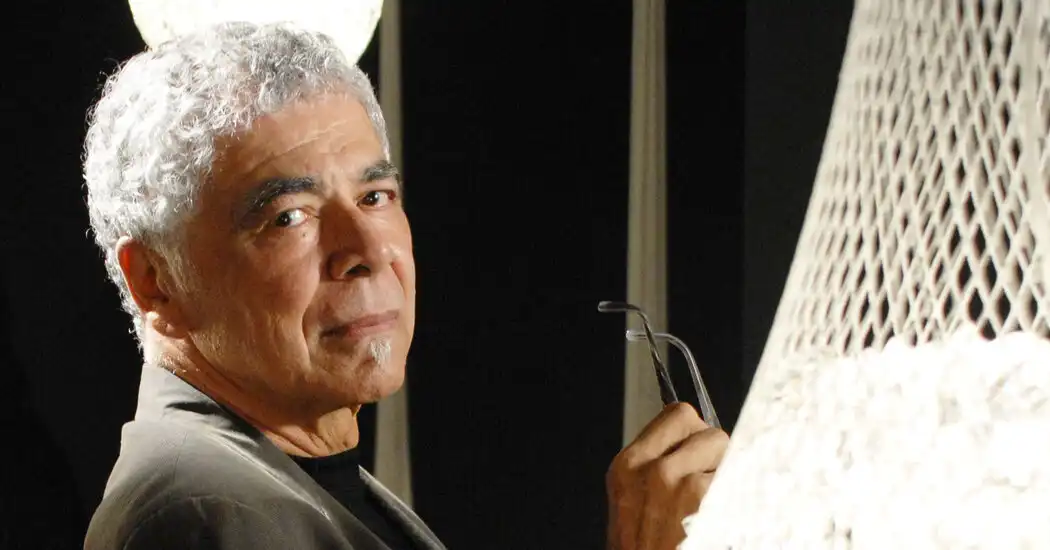
Born in New York City in 1935, Scofidio was widely recognized for his pioneering approach that blurred the boundaries between architecture, visual arts, and performance. His innovative designs questioned traditional norms and proposed new possibilities for public spaces, deeply impacting contemporary architectural discourse.
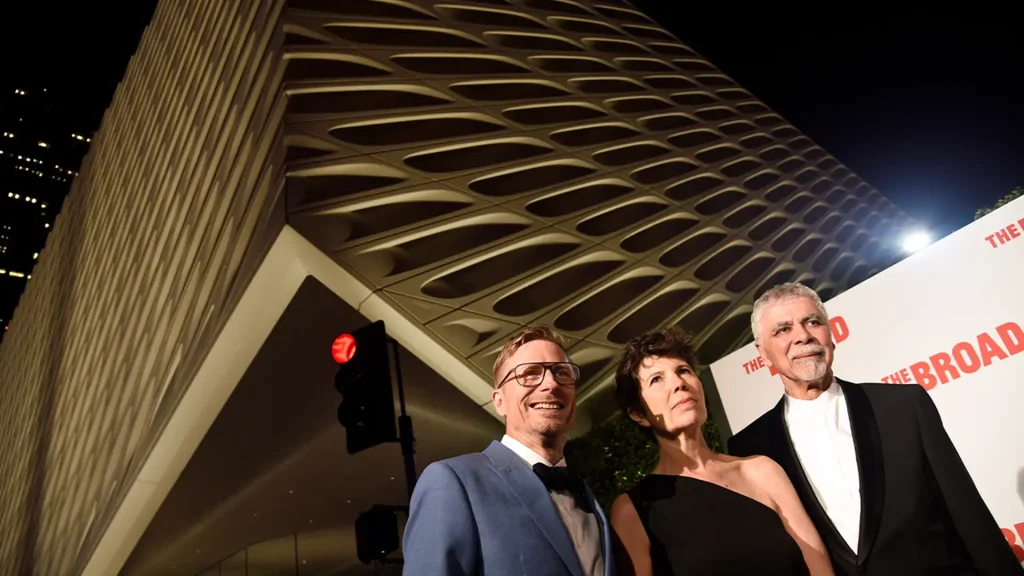
Ricardo Scofidio’s Remarkable Projects
The High Line
Among Scofidio’s most significant works was the transformation of Manhattan’s High Line—an abandoned elevated railway converted into an iconic public park. Completed in 2009, the High Line became a global reference point for adaptive reuse projects, demonstrating how thoughtful design can reinvigorate urban landscapes. The design incorporated pathways weaving through native plantings, seating areas, and spaces for public art installations.
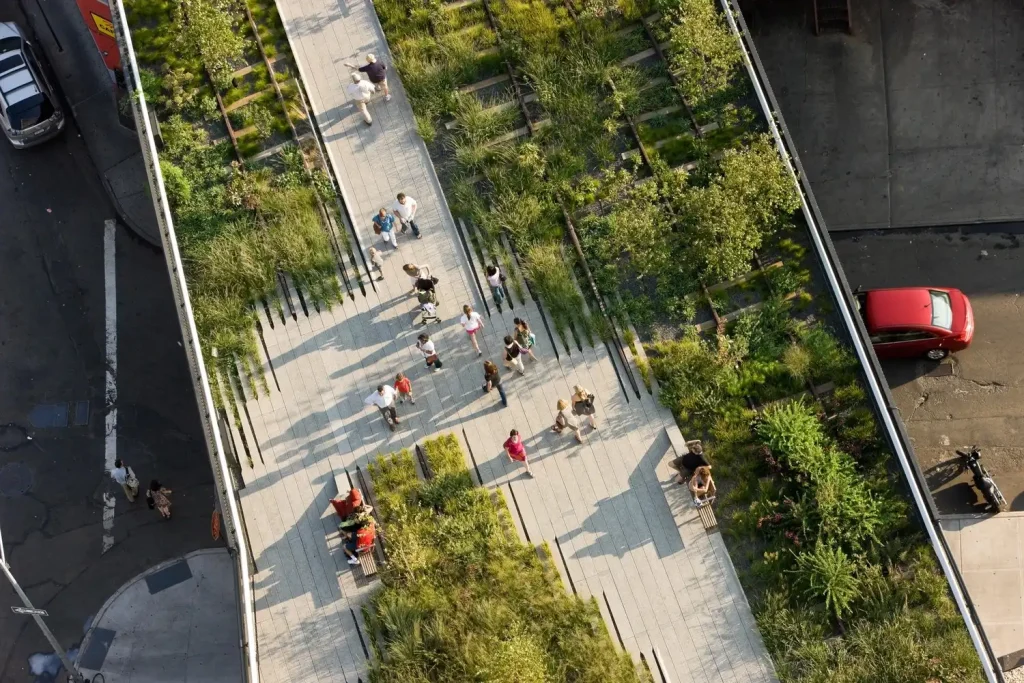
The High Line sparked substantial urban redevelopment in surrounding neighborhoods, significantly influencing urban planning discussions worldwide. Scofidio’s team carefully balanced historical preservation with contemporary design, transforming the neglected infrastructure into a widely visited public amenity and a model of adaptive reuse.
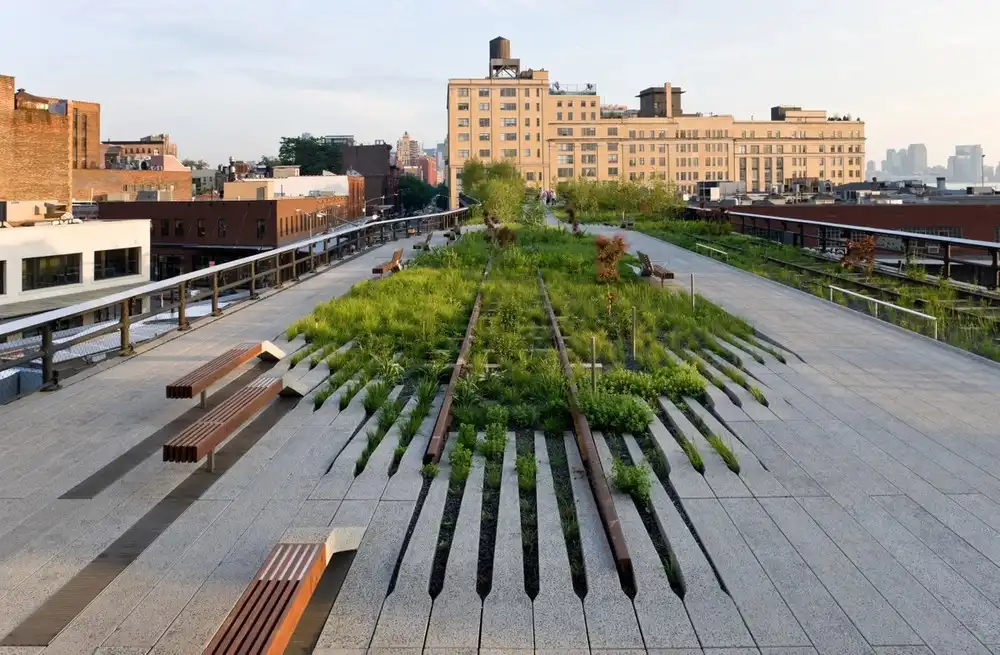
The Broad museum
Scofidio’s groundbreaking projects extended beyond New York. In Los Angeles, DS+R designed The Broad museum, recognized for its distinctive honeycomb-like façade, known as the “veil,” which diffuses and filters natural daylight throughout the interior art galleries.
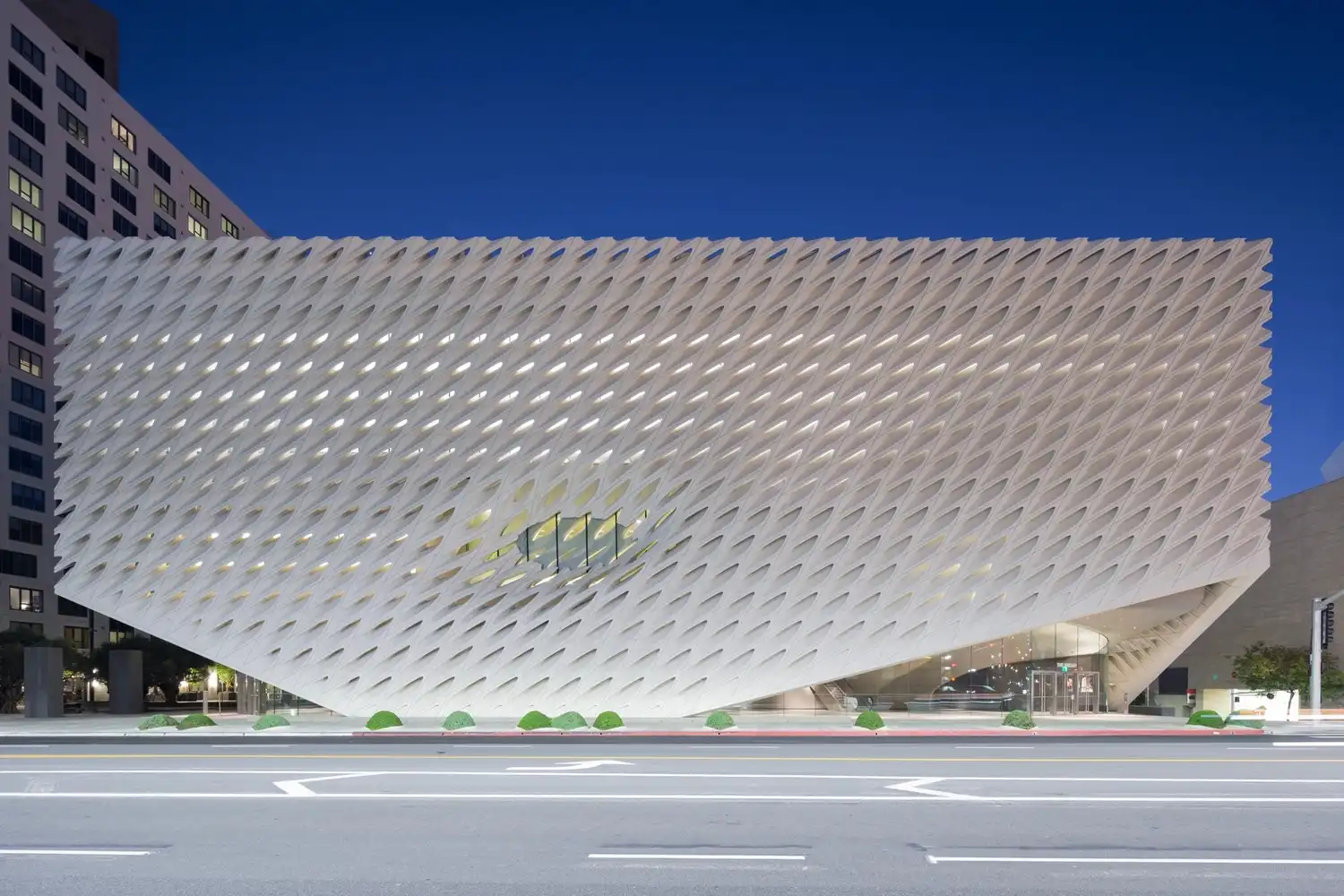
Internally, the museum features an innovative circulation design, including dramatic escalators and staircases, creating a clear route through the exhibitions. Scofidio’s spatial strategies enabled visitors to experience both art and architecture simultaneously, embodying the firm’s philosophy of integrating form and function.

The Blur
The Blur Building, designed for the 2002 Swiss National Exposition, deliberately challenged traditional architectural expectations by embracing the concept of “blur” as a meaningful design principle rather than a visual flaw. Built as a temporary pavilion over Lake Neuchâtel, the structure utilized 35,000 high-pressure nozzles that continuously generated a dynamic cloud of mist, responding sensitively to changing environmental conditions like wind, humidity, and temperature through an adaptive weather control system.
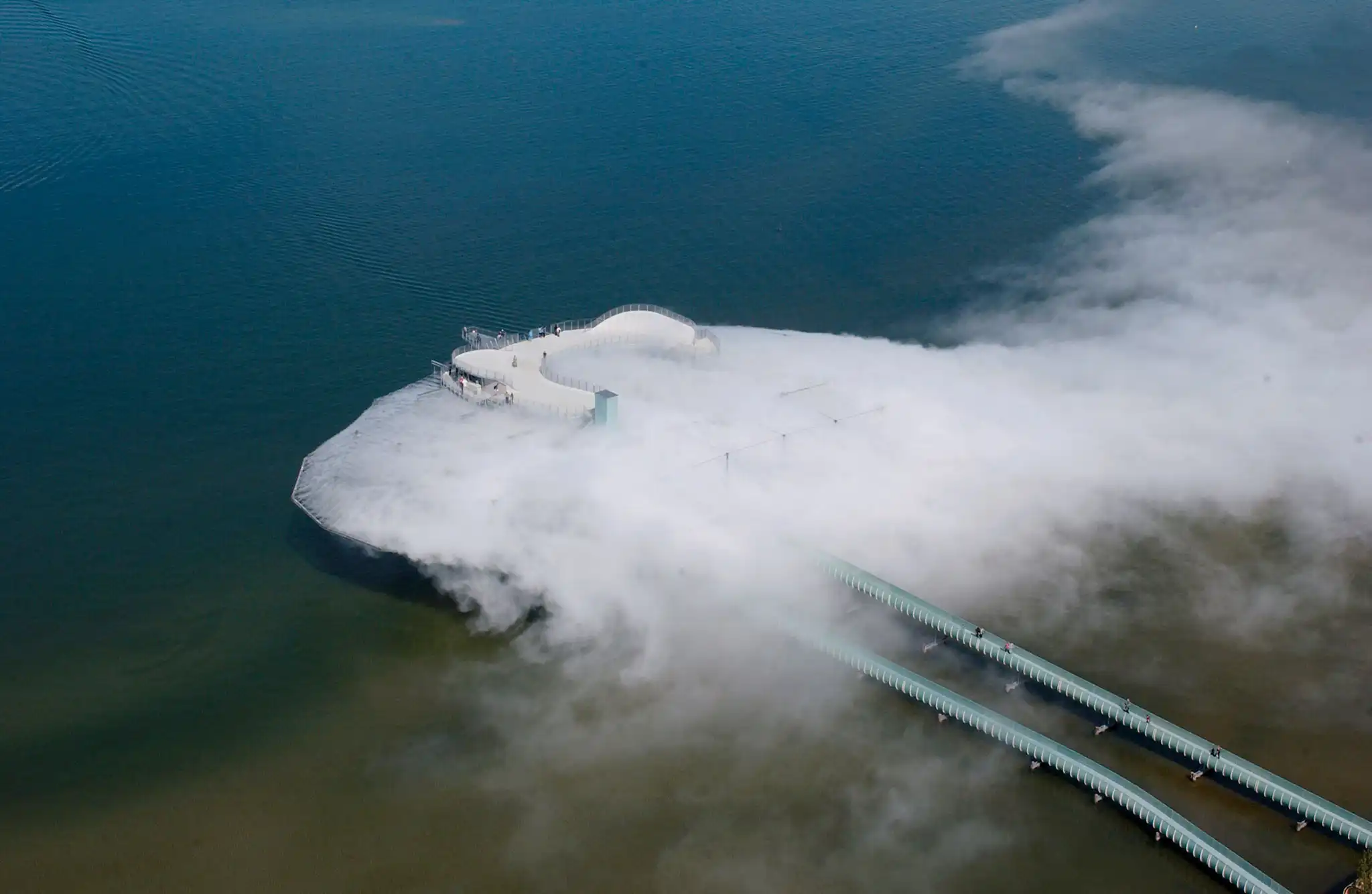
Visitors experienced architecture as an immersive atmosphere, losing conventional visual and acoustic references upon entering this foggy, formless environment. The structure also offered unique sensory experiences, including the Water Bar, where visitors could literally “drink the building” by sampling various international waters. After the exposition, the pavilion was dismantled, restoring the lake to its original state, but its innovative approach left a lasting impact on discussions of architecture, perception, and our relationship with the sensory world.

Legacy and Influence
Throughout his career, Scofidio received numerous prestigious accolades, including the MacArthur Foundation’s coveted “genius grant” in 1999, marking a historic recognition for architects. In 2009, Scofidio and Diller were included in Time magazine’s “100 Most Influential People,” underlining their global impact.
DS+R affirmed that Scofidio’s visionary principles would continue guiding their future work, ensuring his legacy endures. A memorial service celebrating his remarkable life and achievements will be announced in the upcoming weeks.
Ricardo Scofidio’s innovative spirit and commitment to challenging architectural conventions have left an indelible mark on the field. His work continues to inspire architects and designers to explore the boundaries of their disciplines, ensuring that his legacy will influence future generations.
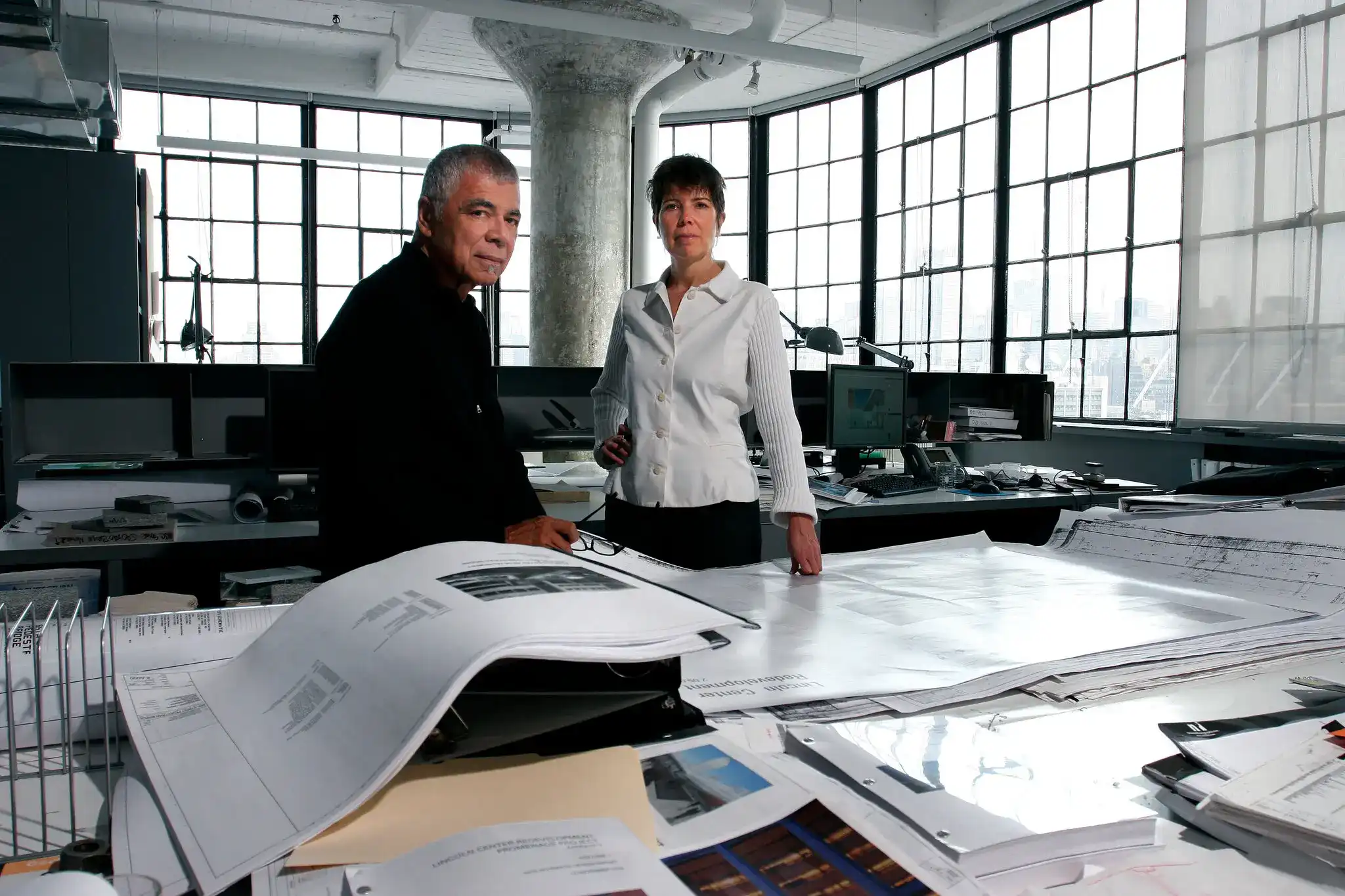




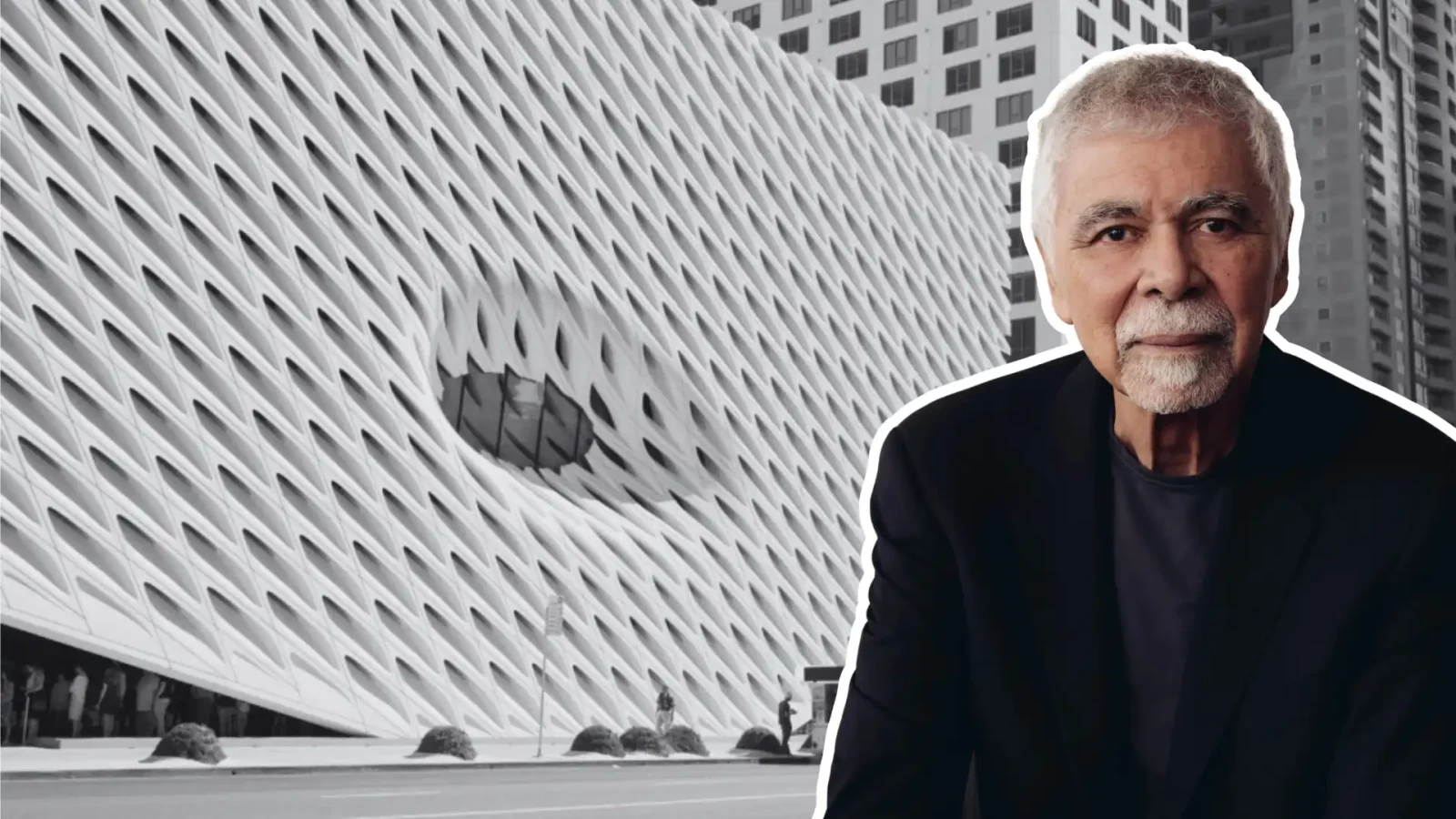





















Leave a comment